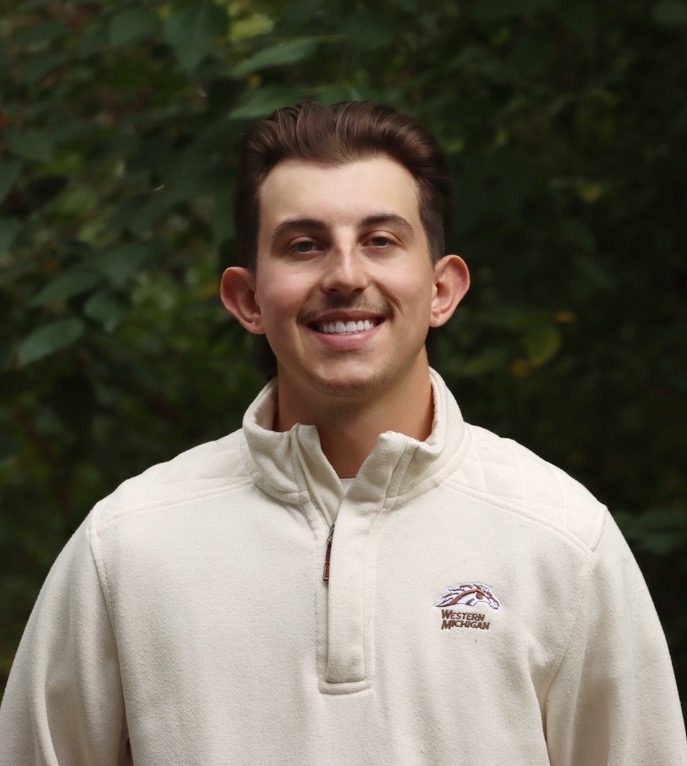
Real Talk on Ethics, Tech, and Tradition in Modern Hunting
Trail cameras have undeniably changed the hunting game. Some hunters use them ethically to improve their chances while staying within the spirit of the sport. Others believe trail cams, especially cellular trail cameras cross the line, particularly when it comes to Midwest whitetail hunting.
As an avid hunter myself, I use both fixed Browning trail cams and cellular Reveal Tactacams and Moultrie Mobile cams. I’ve seen firsthand how effective they can be and credit them as a huge asset to my success in the woods, regardless of where I’m sitting in a tree.
But I also understand the controversy. Especially on public land or heavily pressured areas, there’s a fine line between hunting smarter with tech and gaining an unfair advantage.
The Rise of Trail Cameras in Hunting
Trail cameras were once just a fun way to catch a glimpse of what passed through your spot. Now, with cellular trail cams, hunters get real-time photos and alerts directly to their phones via app notifications.
Why hunters love them:
- Save time scouting
- Pattern deer movement more accurately
- Monitor multiple locations remotely
- Hunt only when conditions are right
- Know what bucks are in the area and what to expect
For those of us who target specific bucks, these tools have been game-changing. They help us hunt efficiently and intelligently.
But not everyone’s on board.
Is It Still a Fair Chase?
At the heart of the debate lies one simple question:
Does real-time info from a trail cam violate “fair chase” ethics?
Some hunters say yes, arguing that knowing exactly when a buck hits your scrape or bait pile feels like cheating and removes the challenge from the hunt.
Others say no, as long as the camera isn’t actively directing your shot, it’s just another form of scouting.
Here’s where some groups stand:
- Boone & Crockett Club has banned entries of animals taken using real-time trail cam data.
- States like Arizona, Kansas, and Utah have banned or restricted trail cam use on public land.
- Some states are exploring delays on photo delivery (e.g., 12 or 24 hours) to maintain ethical standards.
The Public Land Pressure Problem
This issue hits home for me as a Michigan hunter.
In Midwest states like Michigan, Wisconsin, and Pennsylvania, public land is already under intense pressure. Much of it is being sold or developed for residential use, shrinking the available space for hunters and overcrowding what remains.
Trail cams—especially cellular ones—can worsen the issue. Once-hidden spots become hot zones overnight. A funnel or bedding area that was once a well-kept secret becomes a public target the moment a cell cam photo circulates.
I’ve hunted across Calhoun, Jackson, and Kalamazoo County in Michigan. Some properties are private, some suburban, and others urban. Even on public pieces bordering private land, I’ve noticed a growing number of trail cams—proof of the increasing pressure.
When Trail Cams Work With Ethics
Here’s how I use trail cams to your advantage and not harm “the hunt”:
- I don’t hunt based on real-time photos. I rely on long-term patterns and trends.
- I don’t place cams over bait. Instead, I target scrapes, natural pinches, funnels, or agricultural edges.
I only place cameras where legal, on private land or public land where rules permit.
Bottom line:
Trail cams increase my knowledge of a specific animal. Whitetails are like humans—each has its own personality and behaviors. A trail cam photo can reveal so much more than just presence.
What I analyze from trail cam photos:
- Direction of travel – Where is he coming from? Could that be his bedding area?
- Wind conditions – Mature bucks often travel with the wind in their face. Does this buck?
- Social behavior – Is he alone, or traveling with others? Is he social or solitary, especially during the rut?
- Timing patterns – Does he move in the morning or evening? Is he hitting scrapes, rub lines, water holes, or food sources?
- Environmental factors –
- Barometric pressure – Rising pressure increases scent travel, aiding buck movement.
- Moon phase – Full moons often make bucks more nocturnal. During bright nights, they’ll move less during their usual crepuscular times (dawn/dusk).
What Hunters Are Saying
Here are a few real takes from the hunting community:
“If you need a text message to go hunt, are you still a hunter or just a sniper?”
— Reddit user, r/Hunting
“Trail cams let me pattern mature bucks on a small property where scouting would bump them. I’d argue they helped me hunt less invasively.”
— r/Bowhunting thread
“It’s the public land issues that really tip the scale. Once everyone knows where the deer are, it’s chaos.”
— Facebook Group: Public Land Hunting
Final Thoughts: Find the Balance
I get it. We love the tradition, the legacy, and the roots of Midwest hunting. A lot of us were raised in the woods without all this fancy tech. But like everything else, the sport is evolving.
Look at golf, players are stronger, hitting farther, using more advanced gear, and even forcing changes to course layouts. Hunting is seeing a similar shift.
What matters most isn’t whether we use technology, it’s how we use it.
For me, trail cams help me:
- Hunt smarter
- Scout more efficiently
- Understand and respect the animal I’m pursuing
But I believe in doing it ethically, with respect for the land, the law, and the chase.
Whether you’re team old school or team new tech, the best hunts are always the ones you’re proud to talk about.
Let’s keep the conversation going.

